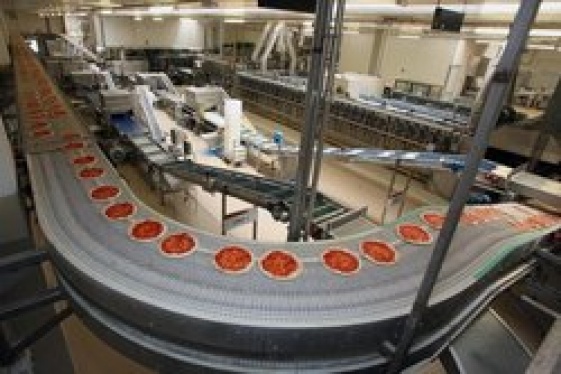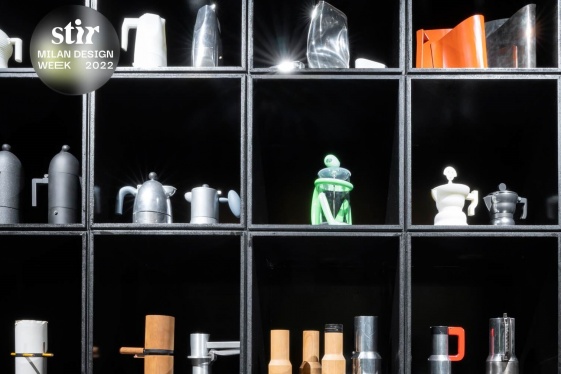

If you have been to Milan and Turin, especially if you had the chance to visit people in their homes there, you may be familiar with case di ringhiera, those traditional four to six storey-high buidlings, with a court in the middle and balconies running all along their façades. Common and beloved, they are among the most characteristic homes in these two important northern Italian cities, both a symbol of the country’s industrial growth of the early decades of the 1900s.
Indeed, case di ringhiera, or “railing houses,” were once a defining feature of Northern Italy’s urban landscape, particularly in cities like Milan and Turin. Built to accommodate the rapidly growing industrial workforce during the early 20th century, these unique buildings provided affordable housing for the influx of workers migrating from the south of Italy.
SOURCE: https://lifeinitaly.com/
You may be interested
-
Il Console Generale Usa: su turismo e seta s...
In mattinata ha incontrato il sindaco di Como, Mario Lucini, assieme all'assessore Gisella...
-
Italian auto supplier Brembo to build new U....
Italian brakes maker Brembo will build a new foundry in Michigan to expand its manufacturi...
-
L'Arte del Gioiello Italiano - Lecture and T...
How has Italy influenced the world of Jewelry? Join us for a special lecture on the a...
-
Small and Medium Enterprises as the Italian...
by Claudia Astarita A recent study on 120 artisan SMEs of excellence – conducted...
-
The Italian Heritage Society of Indiana Lect...
Sunday, November 23 - 2 pmWhen: Sunday, November 23, 2014 2:00-4:00 pm Where: UL 1126 in t...
-
'A small New York': Palm Beach to become home...
Miami-born and Italy-raised, jewelry designer and accomplished equestrian Lucrezia Buccell...
-
'Alessi 100-001' celebrates 100 years of Ales...
Iconic Italian design brand Alessi is celebrating its centennial with an exhibition titled...
-
'Autentico: design made in Puglia' pop-up exh...
‘Autentico. Design made in Puglia’ is located at 82 Gansevoort Street, New York, and be op...










